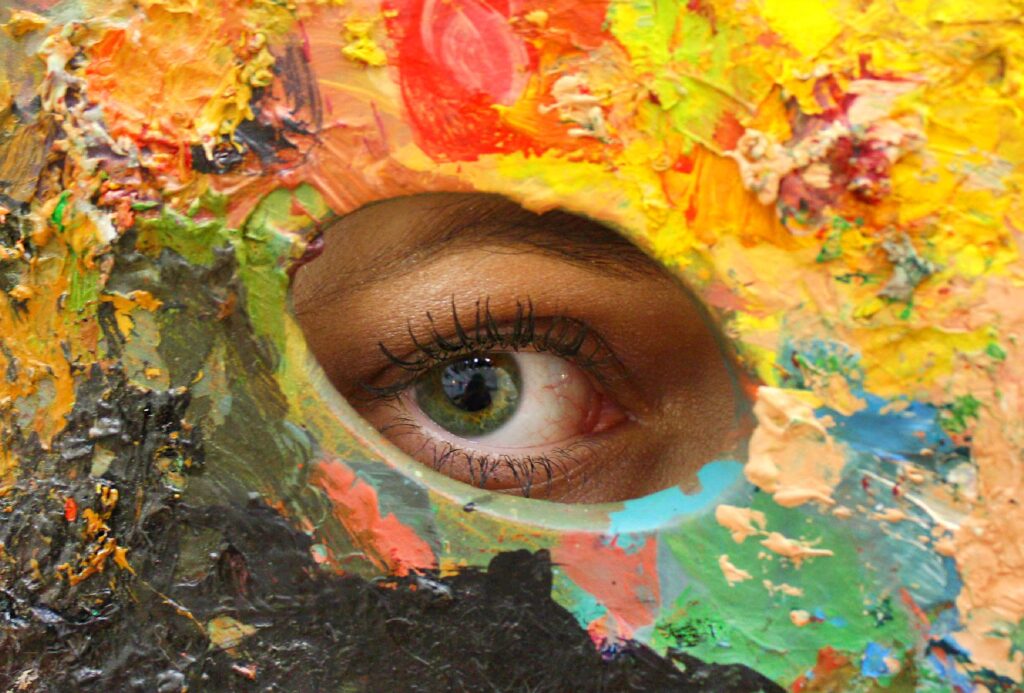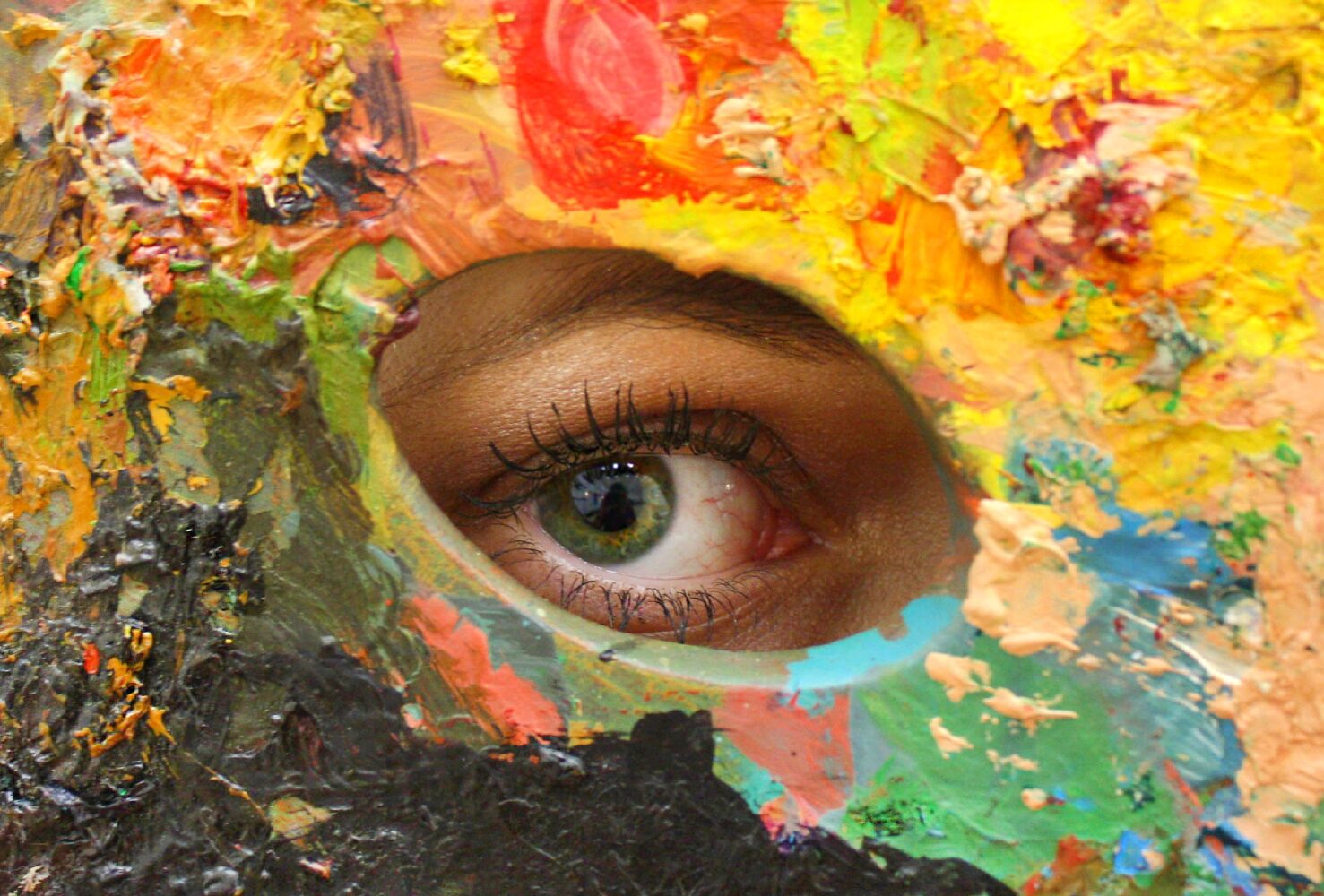
Music transcends auditory dimensions and taps into our multi-sensory experiences, with color playing a pivotal role, subconsciously influencing our perceptions of different genres. Each music genre has seemingly adopted its own color palette, shaping album art, promotional materials, and even live shows. But what are these color choices, and what popular albums exemplify them?
Pop music, an epitome of dynamic vibes, frequently employs vibrant tonalities. The candy-floss pink of Katy Perry’s ‘Teenage Dream’ or the bold purple of Prince’s ‘Purple Rain’ encapsulates its playful charm.
The Rock genre, communicating unfiltered energy and intensity, is awash in deeper hues. Classic albums like AC/DC’s ‘Back in Black’ and The Beatles’ ‘The Red Album’ are testaments to the genre’s bold palette.
Country music leans into earthy and authentic hues. The rustic greens and browns of Keith Urban’s ‘Be Here,’ or the tranquil cream tones of Kacey Musgraves’s ‘Golden Hour’ tap into the genre’s roots.
Electronic music, setting the beat for the future, embraces neon colors. Albums like Daft Punk’s ‘Discovery’ embody the digital, pulsating essence of this music genre through its resplendent blue shade.
Hip-hop, a genre steeped in the contrast of struggle and opulence, swings towards bold blacks, whites, golds, and reds. Kendrick Lamar’s ‘DAMN.’ and Jay-Z/Kanye West’s ‘Watch the Throne’ serve as excellent color samples, as they radiate power and resilience, respectively.
Jazz, a genre defined by emotional depth and improvisation, opts for a traditional palette. Albums like Miles Davis’ ‘Kind of Blue’ and John Coltrane’s ‘A Love Supreme’ offer perfect examples with their serene hues and vintage charm.
Blues, Reggae, Classical, and Metal music also have their distinct color palettes, each reflecting their unique atmospheres, themes, and emotional intensity.
While these palettes don’t directly influence the sound of music, they undoubtedly shape our understanding and perception of them. Colors weave visual elements into our auditory experience, allowing us to ‘see’ music, as we hear it. So, next time you listen to your favorite song or album, consider the colors that come to mind. How does that enrich your experience as a listener? Rather fascinating, isn’t it?

